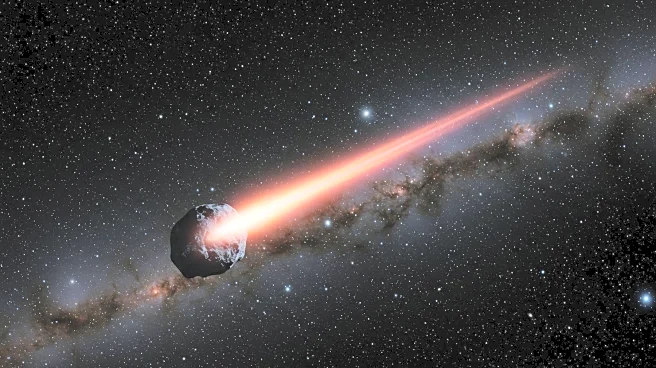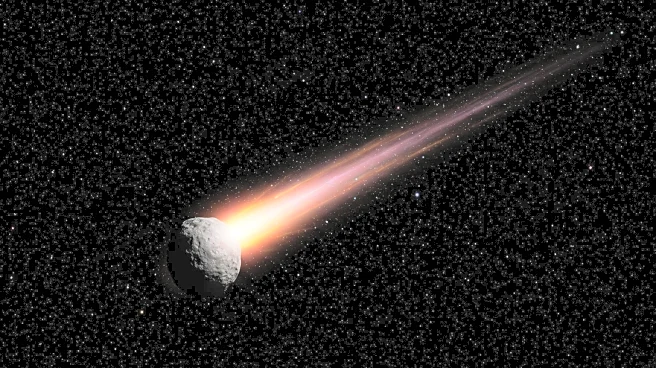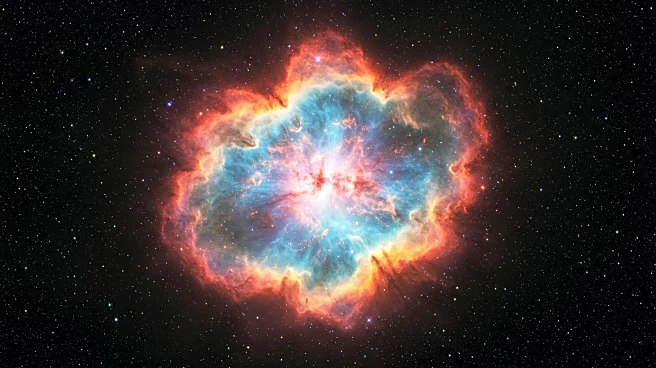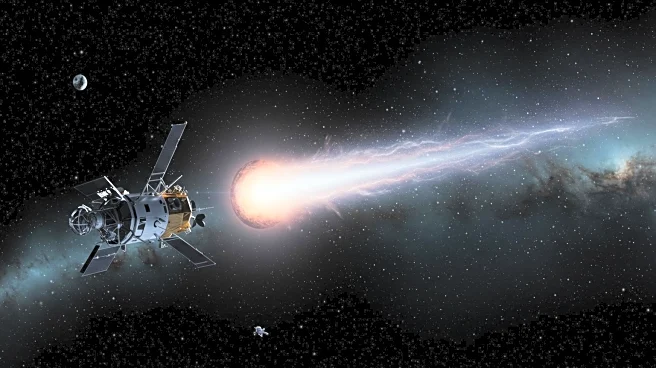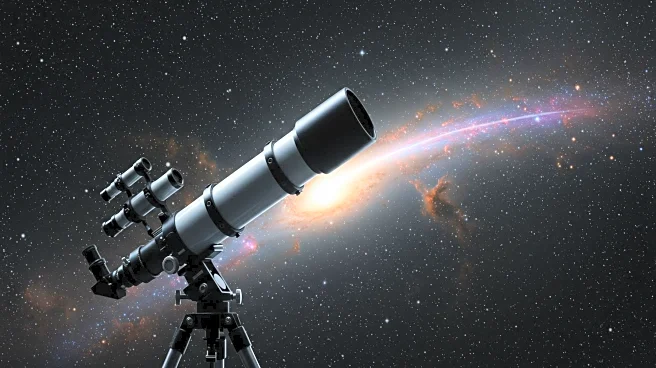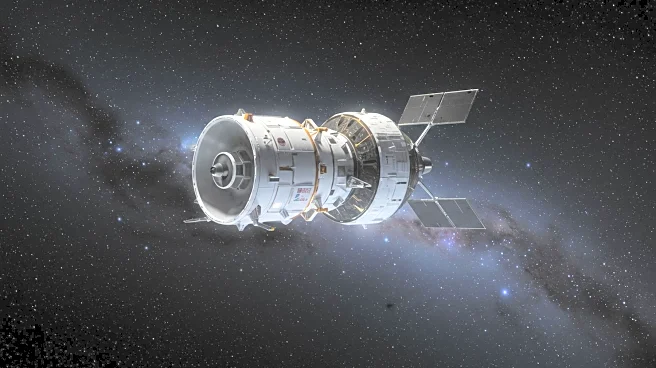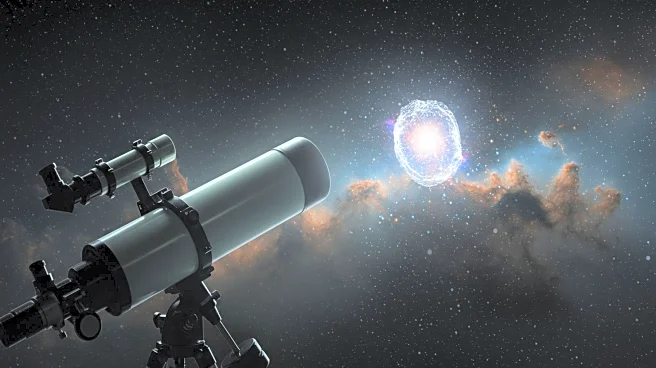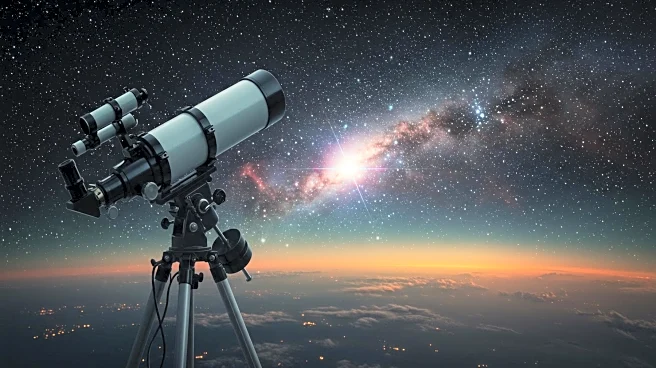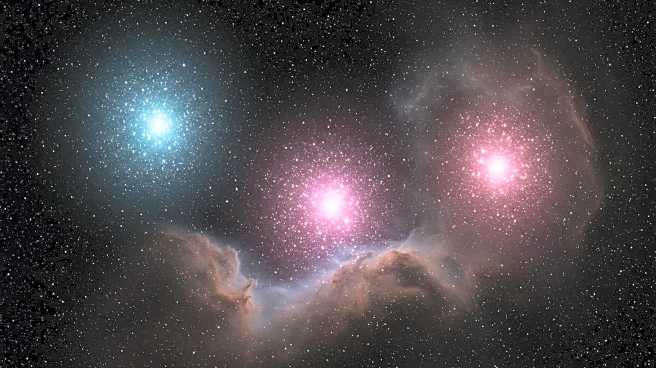Rapid Read • 7 min read
Astronomers have identified the origins of three interstellar objects (ISOs) that have passed through the Solar System in recent years. These objects include 'Oumuamua, 2I/Borisov, and 3I/ATLAS, with the latter being observed in July 2025. Researchers Shokhruz Kakharov and Prof. Abraham Loeb from Harvard University have calculated the trajectories of these ISOs, revealing that they originated from different regions within the Milky Way's disk. Their study, which is under review for publication in Astronomy & Astrophysics, suggests that these objects range in age from one to several billion years. The discovery of ISOs has provided unique insights into the chemical composition and physical properties of material from distant planetary systems, offering a new perspective on galactic dynamics and the formation of planetary systems.
AD
The study of interstellar objects is significant as it offers a glimpse into the conditions of other star systems without the need for interstellar missions. These objects serve as natural probes of the interstellar medium and galactic dynamics, revealing gravitational interactions that shape stellar populations over billions of years. Understanding the origins of ISOs helps interpret their physical and chemical properties, providing insights into the diversity of planetary system architectures and the conditions under which objects are ejected into interstellar space. The findings could influence future astronomical research and missions, such as the Vera C. Rubin Observatory's Legacy Survey of Space and Time, which is expected to increase ISO detection rates significantly.
Future observational facilities, like the Vera C. Rubin Observatory and the European Space Agency's Comet Interceptor, are expected to enhance the study of ISOs. These facilities will enable statistical studies of ISO populations, allowing researchers to understand their frequency, distribution, and diversity across different stellar environments. The increased detection rates and potential in-situ analysis of ISOs will provide deeper insights into their origins and the dynamics of stellar populations in the Milky Way.
AD
More Stories You Might Enjoy
